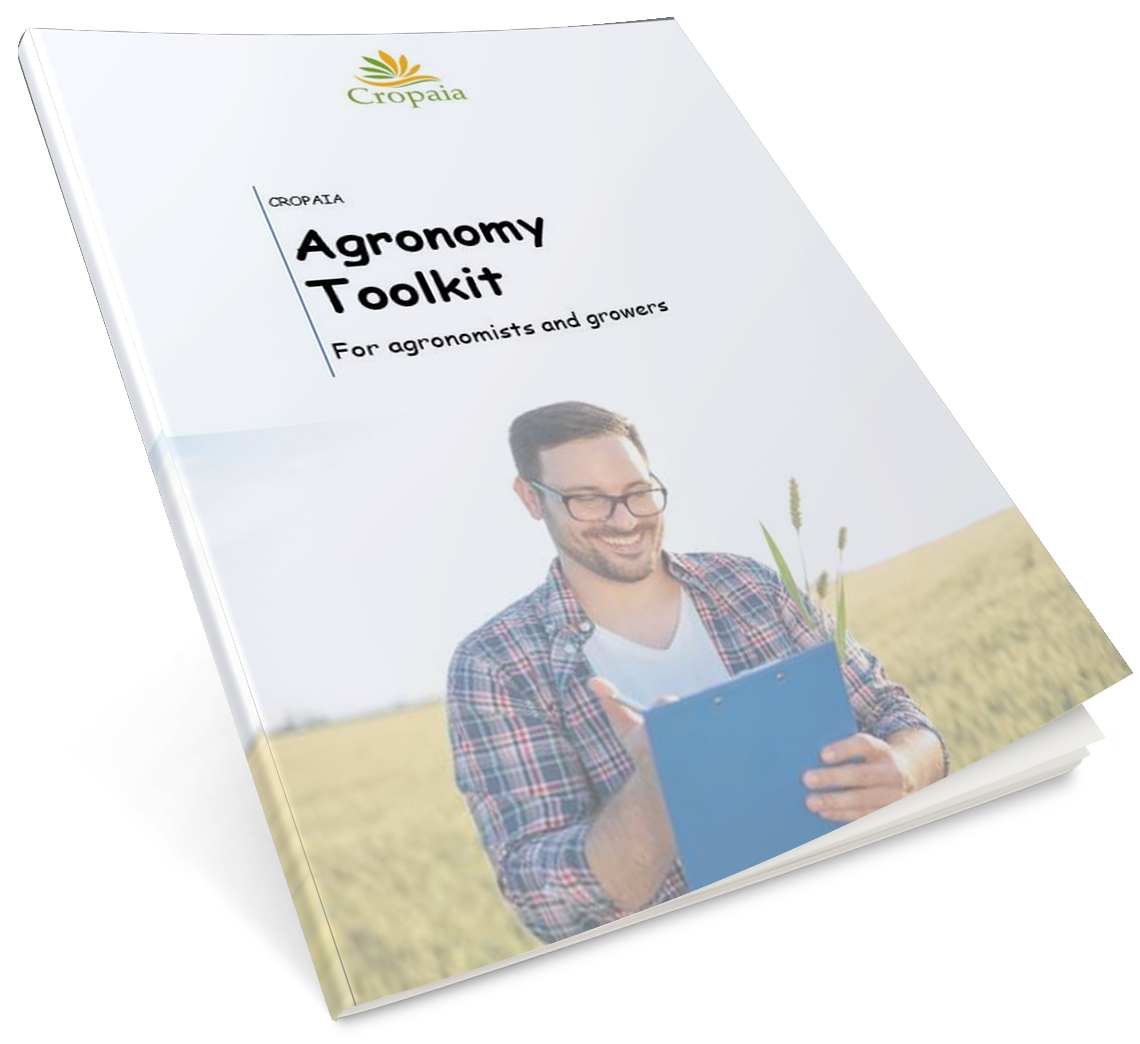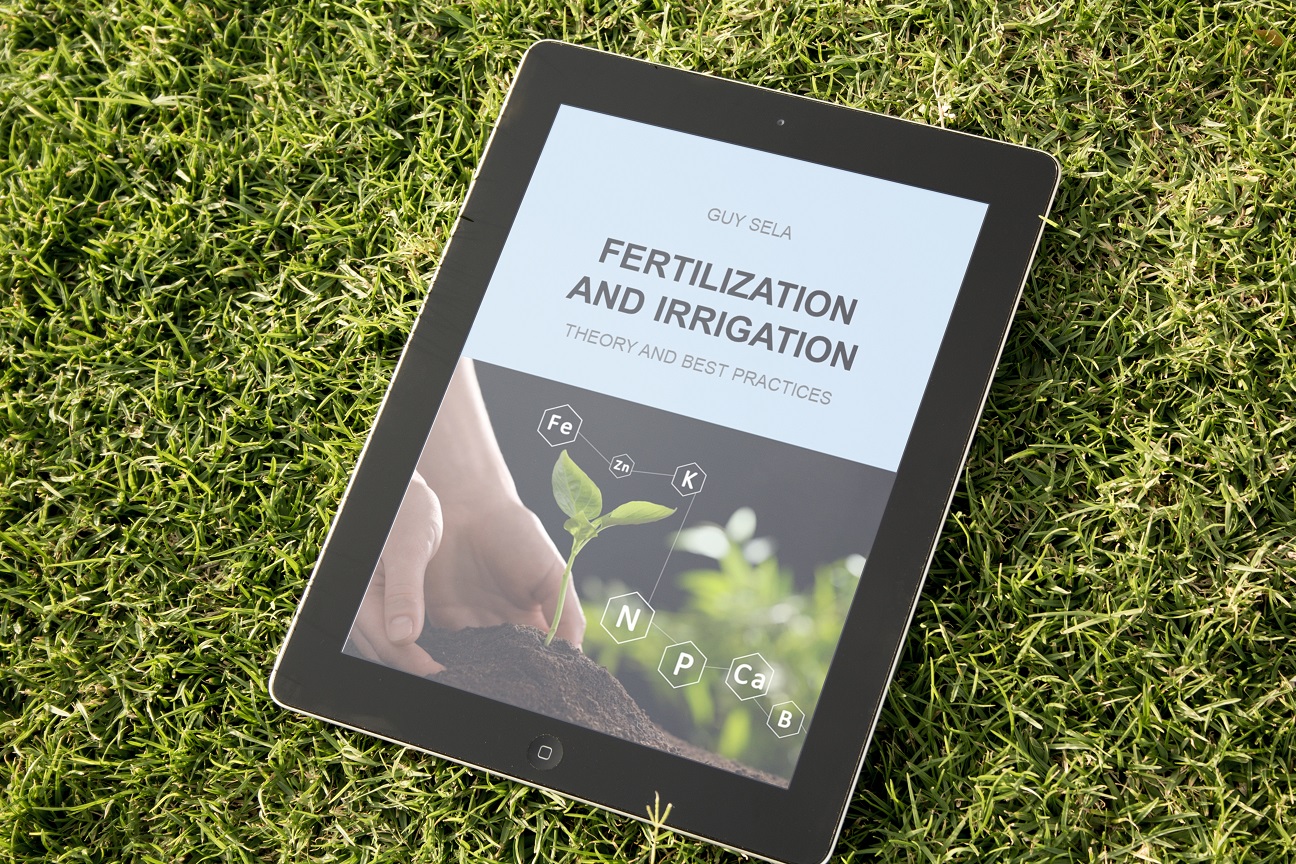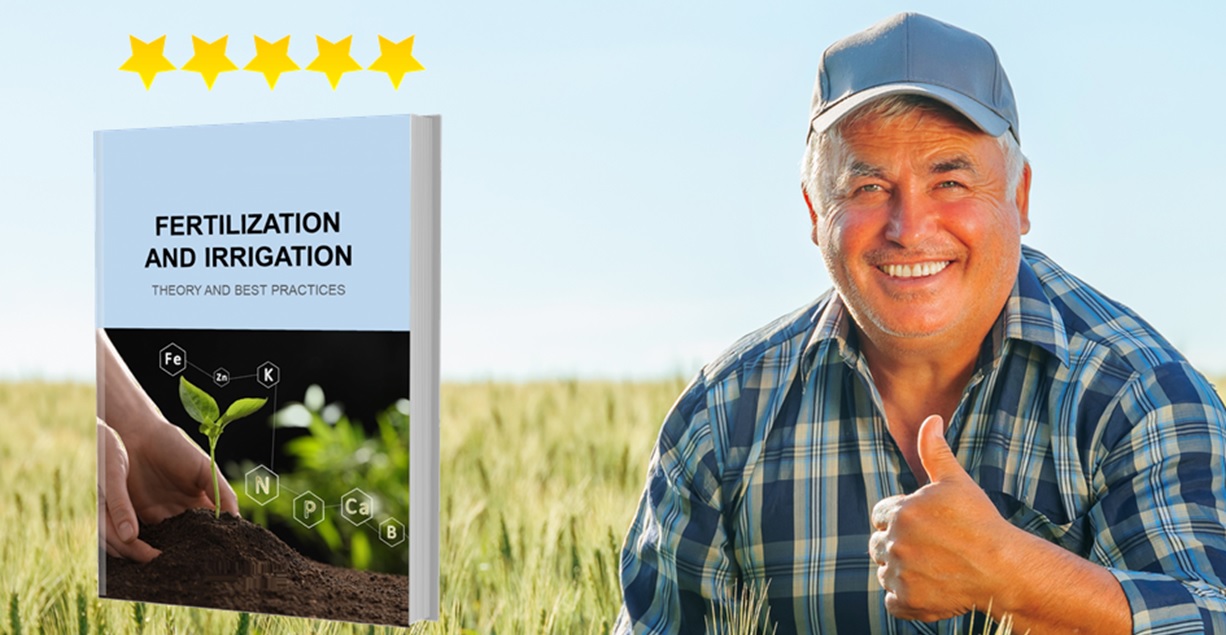Understanding the units on the soil test report
Soil labs may report soil test results in different units. Often, growers may find this confusing, as their interpretation criteria they have available may use other units. Furthermore, for the same soil sample, different labs may return results that seem to be significantly different, even if they used the same extraction methods.
The most commonly used units to express the concentration of extracted elements are ppm, mg/kg, mg/L, mmol/L, meq/100g, meq/L, cmol+/kg, lbs/acre and kg/ha.
Agronomy Toolkit – Free Download
Are you looking for helpful resources to improve your agronomic practices? This FREE download includes essential information such as unit conversions, soil and water analysis interpretation, and more. Simply click the button below to access the toolkit and start improving your agronomic knowledge today. Don’t miss out on this valuable resource!
PPM
PPM stands for Parts Per Million. In the same way percent means out of a hundred, ppm means out of a million. On the soil test report, it may refer to a milligram of certain chemical per one kilogram of soil or milligram of chemical per one liter of soil solution extract.
PPM may refer to different ratios, depending on the extraction method used and on the type of the tested element. For elements that are extracted from the exchange complex, using a chemical extractant, 1 ppm refers to mg/kg (and 1ppm = 1 mg/kg). When the element is determined in the soil solution, using just water for the extraction (saturated paste extract, 1:2 extract etc.), ppm usually refers to mg/L.
The reason is that in chemical extraction, the amount of the element available in the soil, but attached to soil particles, is determined, while extraction with water is used to determine the concentration of the element in the soil solution.
kg/ha and lbs/acre
Some labs will report nutrient levels in kg/ha or lbs/acre. These units in the soil test report are, in fact, obtained from the ppm (mg/kg) values. To calculate the amount of a nutrient or an element in a specific area, both the bulk density of the soil and the soil layer depth which the test results represent must be known. Most labs use 20cm (8 inches) or 30 cm (12 inches) as a default depth for which the amount of element is calculated.
Example:
A soil test shows an Olsen phosphorus level of 15 ppm. How many kilograms of Olsen phosphorus are there in a one-hectare field? Assume a soil bulk density of 1.35 ton/m3 and a layer depth of 20 cm.
Assuming 20 cm soil layer depth, the volume of the soil layer is:
10,000 m2 x 0.2 m = 2,000 m3 (1 ha = 10,000 m2)
Using the bulk density, the layer’s weight can be calculated:
2,000 m3 x 1.35 ton/m3 = 2,700 tons.
2,700 tons = 2,700,000 kg
15 ppm = 15 mg/kg
And in 2,700,000 kg:
15 mg kg-1 X 2,700,000 kg / 1,000,000 mg kg-1 = 40.5 kg
Therefore, for a soil with bulk density of 1.35 ton/m3 and layer depth of 20 cm, 15ppm = 40.5 kg/ha
Note that the converting ppm to kg/ha or lbs/acre does not require using the molecular weight or the charge of the element. For example, for the same soil bulk density and soil depth, the calculation above would be the same for 15 ppm of potassium, calcium or any other element.
The equation for converting ppm to kg/ha in metric units is:
kg/ha = ppm x LD x BD / 10
Where
LD = layer depth in cm
BD = bulk density in ton/m3
Converting kg/ha to lbs/acre:
1 kg = 2.20 lbs (pounds)
1 ha = 2.47 acres
Therefore,
1 kg/ha = 2.20/2.47 lbs/acre = 0.89 lbs/acre
And the equation to convert ppm to lbs/acre in imperial units is:
Lbs/acre = ppm x LD x BD / 275
Where
LD = layer depth in inches
BD = bulk density in lbs/ft3
Therefore, 15 ppm phosphorus in a soil layer depth of 8 inches and soil bulk density of 84 lbs/ft3 are:
15 x 8 x 84 / 275 = 36.6 lbs/acre
meq/100g and cmol(+)/kg
Meq/100g stands for milliequivalents per 100 grams of soil. 1 meq/100 = 1 cmol(+)/kg, where cmol(+)/kg is the abbreviation for centimoles per kilogram. These units are used to report the cation exchange capacity (CEC) of the soil and the amounts of exchangeable cations that can occupy the exchange sites (potassium, calcium, magnesium, sodium, aluminum, ammonium and hydrogen).
For CEC, meq/100g unit refers to the number of negatively charged exchange sites and, when it comes to the exchangeable cations, it refers to the number of exchange sites that each of them occupies. Therefore, 1 meq/100g of potassium will occupy the same number of exchange sites as 1 meq/100 of calcium, magnesium and any of the other exchangeable cations.
Because meq/100g refers to the exchange sites, this unit express a number of charges.
You can use the following equation to convert between ppm and meq/100:
meq/100g = (ppmi x Zi) / (10 x Mwi)
Where
ppmi is the concentration of the cation in ppm, Zi is the charge of the cation and Mwi is the molecular weight of the cation in mg/mmol.
Example:
How many exchange sites do 1200 ppm of calcium occupy?
Ca in meq/100g = 1200 x 2 / (10 x 40) = 6 meq/100g
This conversion can be explained as follows:
1200 ppm Ca = 1200 mg/kg Ca
The molecular weight of Ca is 40 mg/mmol. Therefore:
There are 30 millimoles (30 x 6 x 1020) calcium ions in each kilogram of soil or 3 millimoles in 100 grams. Each calcium ion carries a positive charge of +2, and the number of exchange sites it can occupy is, therefore 3 x 2 = 6.
Meq/100g = mmoli/100g X zi
mmol/L
This unit is used for expressing the concentration of elements in the soil solution.
1 mmol/L = ppm / Mw
Where ppm refers to mg/L and Mw is the molecular weight of the element in mmol/mg
Example:
Convert 100 ppm Mg2+ to mmol/L
The molecular weight of magnesium is 24.3 mmol/mg, therefore:
100 / 24 = 4.11 mmol/L






